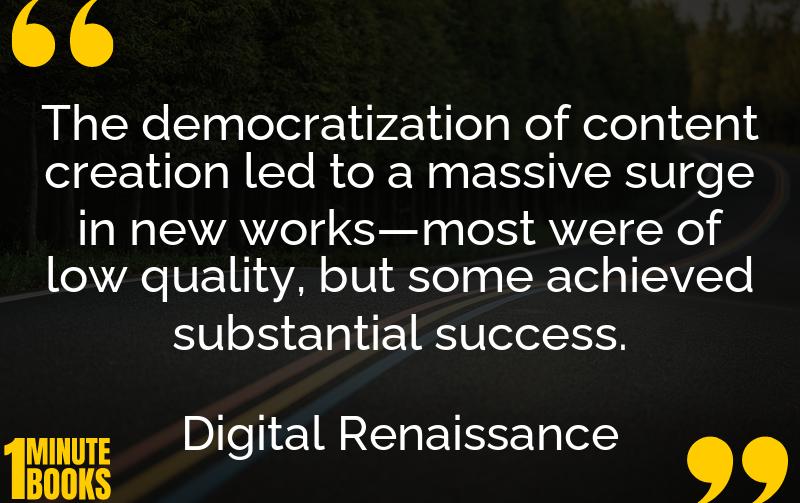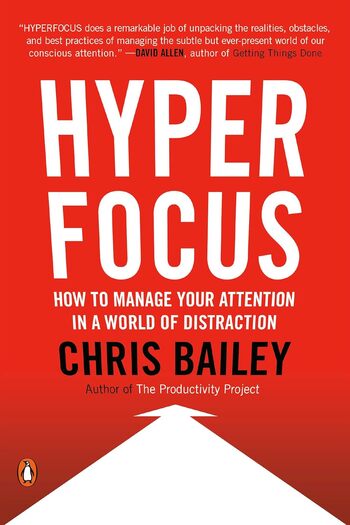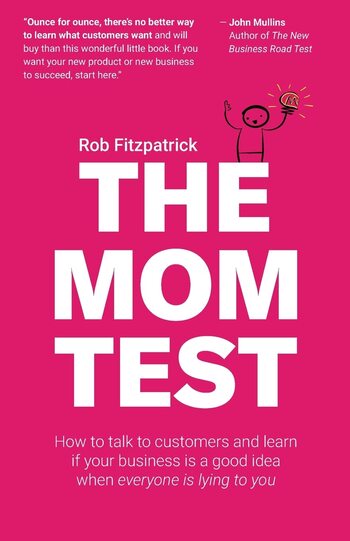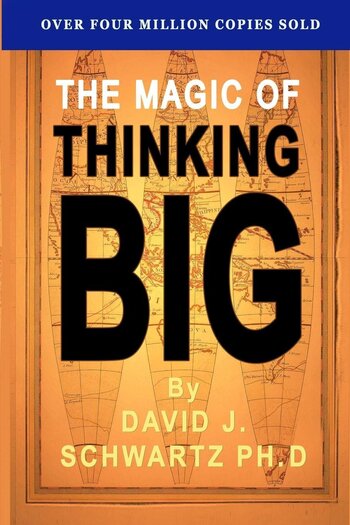
Digital technology transforms the creative industry by lowering production costs, boosting content creation, and altering power dynamics with platforms, opening new opportunities for independent artists.
Main Lessons
- Creative industries have undergone significant change with the advent of digital technology, disrupting traditional models.
- The internet reduced production, distribution, and promotional costs, countering piracy’s negative impact.
- Digital platforms democratize content creation, resulting in a surge of new works, enhancing creative variety.
- Although content quality varies, some independent creations achieve significant success.
- Lower costs have allowed more individuals to enter creative markets like music and film.
- Platforms like Spotify and Amazon have diminished the control of traditional gatekeepers.
- The clustering of sales around top-sellers is offset by the value generated by numerous niche products.
- Monetization remains challenging, yet streaming revenues, albeit modest, surpass the zero income from the past.
- Platforms play a crucial role in content discovery, shaping consumer preferences and offering power to lesser-known creators.
- Despite the optimism, concerns about platform bias and control over user preferences persist.
- AI’s future impact on the industry is uncertain, though skepticism surrounds its potential to match high-quality human creation.
- Overall, technological shifts have enriched consumer choice and opened new opportunities for independent creators.








